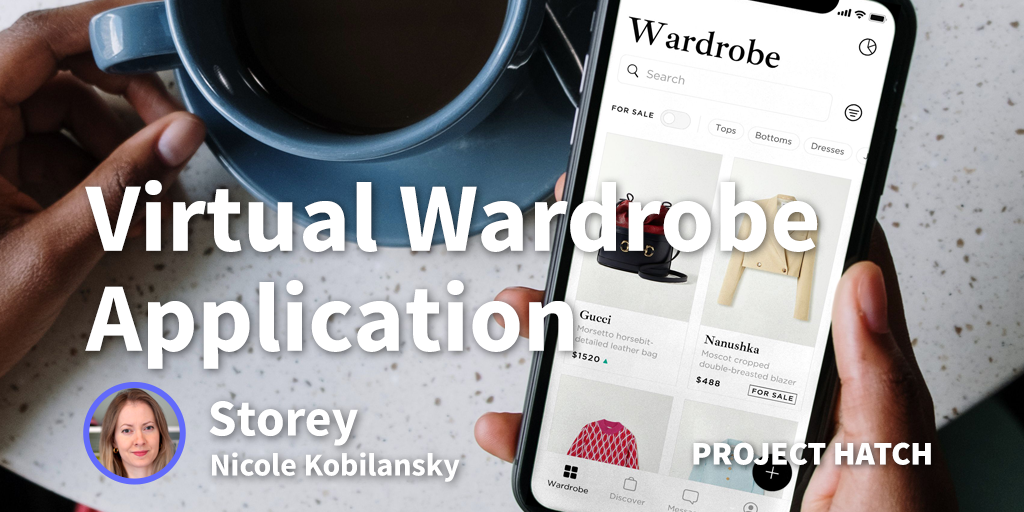Starting Voices.com was definitely a lightbulb moment. In fact, I call it the “aha” moment. The question my wife and co-founder Stephanie and I asked each other was this: what if we could build an online marketplace that brought together buyers and sellers of voice overs? We always viewed ourselves as connectors, so running an online marketplace was a natural solution to the problems facing the industry at the time.
How did you get your first three sign ups?
The first three sign-ups came from existing contacts, the talent who discovered the recording studio website that we had been running and where we were hosting sample recordings of their voice. From there, however, Stephanie utilized the old Yahoo! Directory to discover other voice talent and invite them to join our website. Likewise, I also leveraged the same directory to invite people at advertising agencies and video production companies and invite them to find voice talent for their next project on our website.
Our business model is based on shared success. It’s a freemium model on the seller site, meaning voice talent can join for free or upgrade to $499/year to unlock premium features and benefits. On the buyer side of the market, those clients looking to hire voice talent, we charge a 20% transaction fee on top of the rate quoted for work to be done. So, for a typical $500 project we’ll add on 20% resulting in a total of $600 for the client. We find this approach to be fair as the talent always gets paid exactly what they quote.
We validated our idea by installing a toll-free telephone line into our home office and then taking hundreds of inbound phone calls and answering common questions. While the toll-free number served as free customer support, it also afforded us the opportunity to ask very direct “what if” type questions and gauge interest in new product ideas, far before we invested development resources. We seemed to always have a shortlist of ideas that we’d run by customers and prospective customers to see if they’d be willing to pay for such a benefit. This concept is now known as determining the willingness to pay.
The strongest area of growth continues to be online video. Videos are just so versatile. From pitch videos, product launches, and promotional videos to corporate training videos and other tutorials, there are a variety of ways that businesses can educate and inform their audiences of their product offerings.
Have you raised any money? How much?
Exactly two years ago, we raised $18 million USD from Morgan Stanley Expansion Capital out of San Francisco. As growth stage equity investors, they were attracted to a large and growing market for voice and audio products, investing in the leader in the space and a prudent use of capital that involved investing in our core technology platform and accelerating our sales and marketing efforts. We continue to invest in those areas of product, technology, sales, and marketing.
Who is your target demographic?
With a two-sided marketplace our target market is quite nuanced. On the client side we target advertising agencies, corporate marketing departments, media companies, Fortune 500 companies, and content producers. As for talent, we’re looking at talent agencies and casting directors, recording studios and audio production facilities, professional voice talents and actors, radio personalities, amatuer voice talents, and aspiring actors. We’ve done a lot of research into the size of the global voice over market and found its monetary value is $4.4 billion dollars.
How did you fund the idea initially?
Our business started as an idea on a napkin and from there my wife Stephanie and I were tasked with bringing that idea of an online voice-over marketplace into reality. We used a combination of national banks for long-term loans (we had two 4-year loans and paid them off early) as well as credit cards to fund day-to-day purchases. After a year on a waiting list, we were accepted into the local business incubator at a university where we grew from me literally working on the floor with a laptop to the point where we had actual staff.
Any tips for finding first employees?
When it comes to finding your first employees it helps to focus on building your team, rather than looking for employees. Define your company culture and look for people who would complement it. The goal is to build a team who enjoy coming to work and who will feel co-ownership in your company’s successes. It is easier to teach employee skills than it is to make a talented employee fit into your culture.
Did you run any companies prior?
I opened my own recording studio in London, ON, after finishing an audio engineering program. There, I immersed myself in the most effective ways to record music, but also commercials for radio and television. I had all of this equipment and knew that there must be more that I could be doing with it, so that lead me to bring in local voice over talent to record in the studio. As the reputation of the studio grew, we were receiving requests from across North America to represent voice over actors. There was a clear need for a single marketplace where businesses and voice over talent could connect. That’s where the idea for Voices.com started.
What were your family and friends first thoughts you creating your own your company?
I’ve been fortunate to build this business with my wife, Stephanie, so there has never been any pushback about giving Voices.com 100% of my attention. I’m an entrepreneur at heart and my family understands that.
| Company Name: | Voices.com |
|---|---|
| Founder: | David Ciccarelli |






